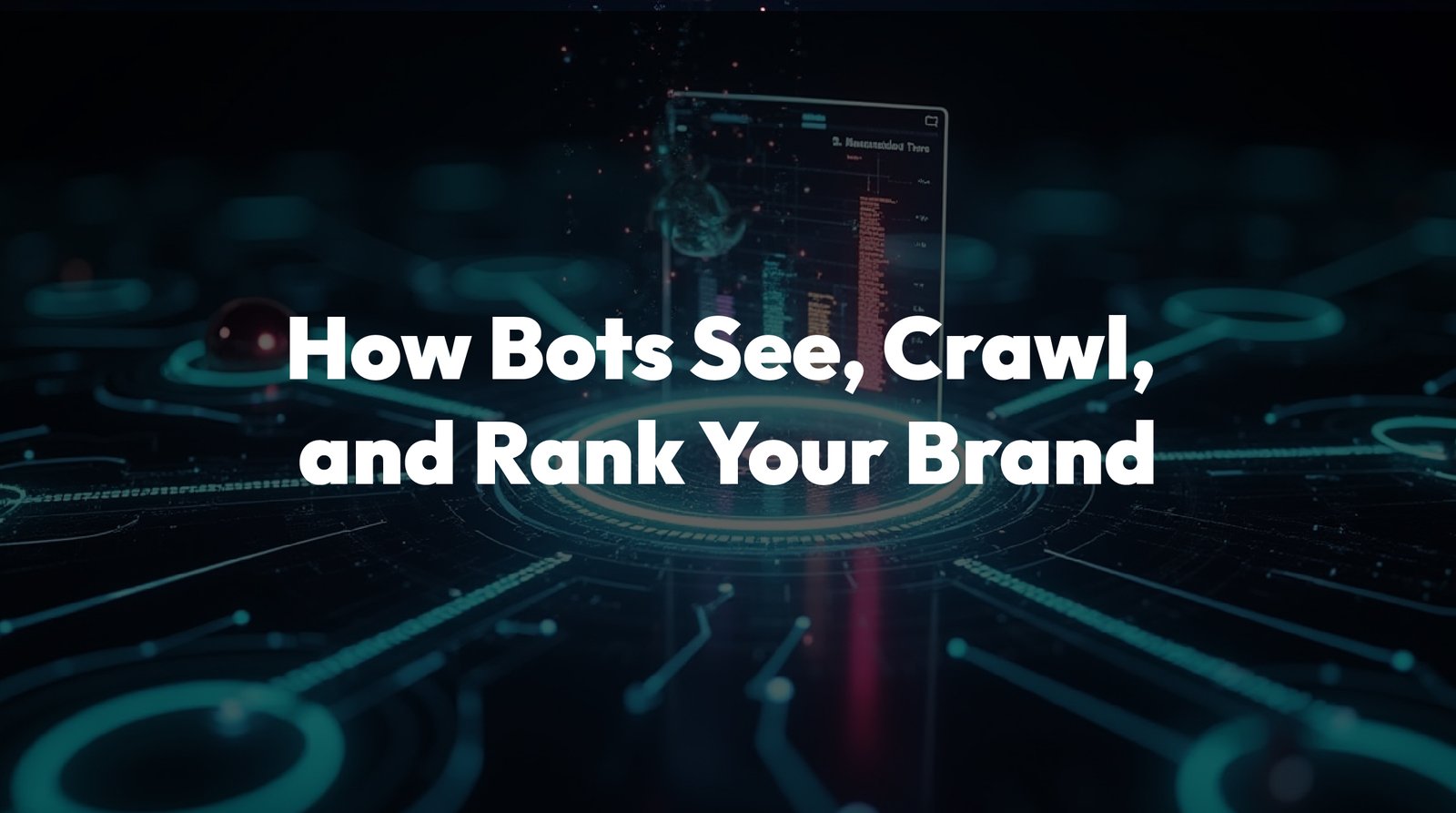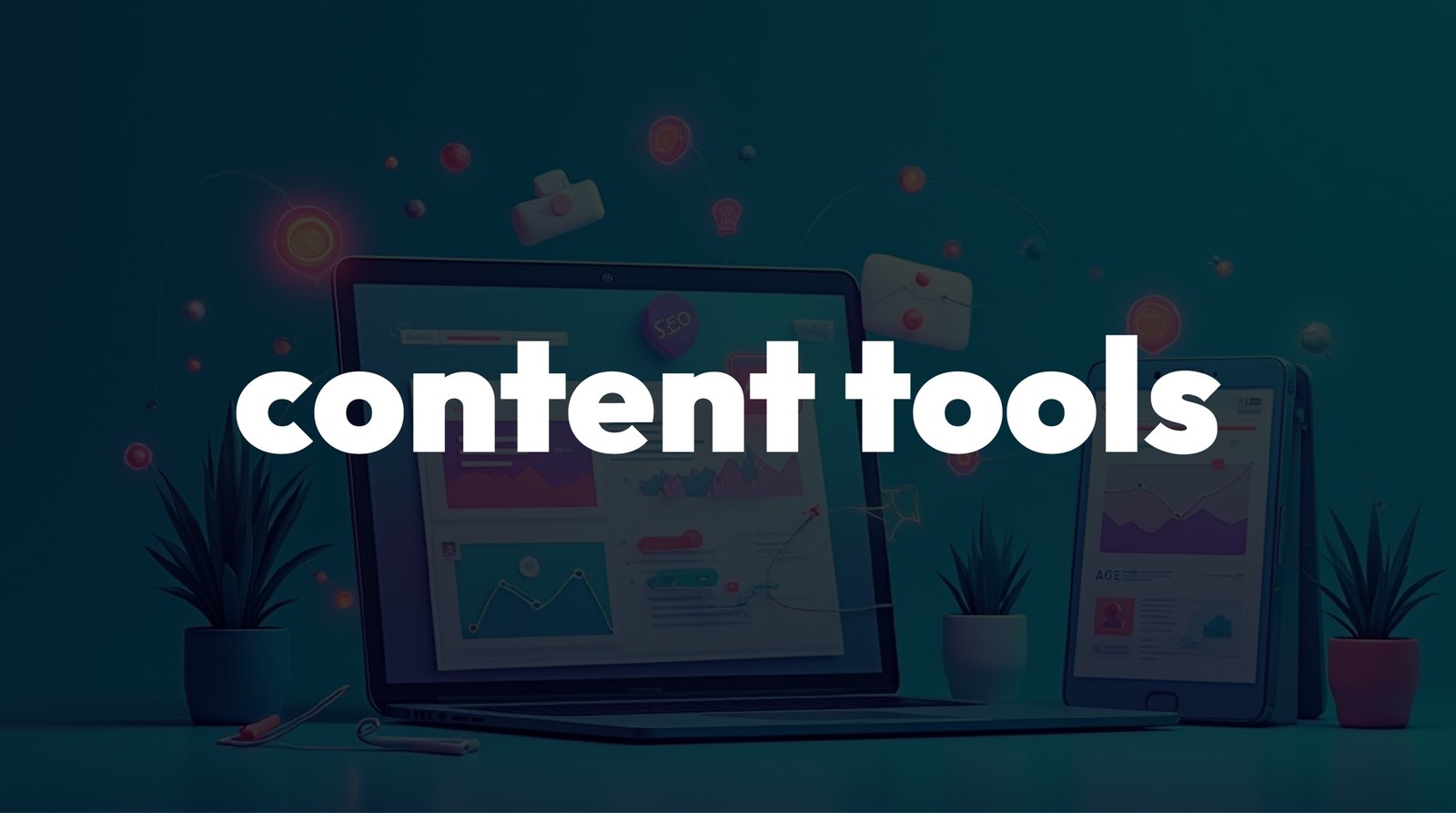The online perception of your brand is more important than ever in the current digital era. Automated dbots, sometimes referred to as crawlers or spiders, are used by search engines such as Google, Bing, and Yahoo to evaluate your website and determine its position in search results. The secret to creating a powerful online presence, drawing in organic traffic, and outperforming rivals is knowing how bots perceive, crawl, and rank your brand.
This post will describe how bots operate, what influences their choices, and how to optimize your website to raise brand rankings.
How Do Bots Operate and What Are They?
Automated programs called search engine bots are made to search websites all over the internet. Crawling, indexing, and ranking web pages according to authority, quality, and relevancy is their main responsibility.
Crawling: By clicking links, bots find new pages and return to old ones. They examine the code, content, and organization of your website.
Indexing: After being crawled, pages are saved in the database of the search engine. When users search for relevant keywords, this step enables your brand content to be retrieved.
Ranking: Based on factors like authority, keyword relevancy, and general quality, the search engine employs algorithms to determine where your brand’s page should show up in results.
How Online Bots Perceive Your Brand
Websites are not viewed by bots in the same way as by humans. Rather, they examine the content and technical structure. For instance:
Text over images: Because bots primarily use text, structured data, meta tags, and written content are essential. Videos or images without appropriate alt text and descriptions risk being overlooked.
Website architecture: Bots can more easily crawl a site that is well-structured and has easy-to-use navigation. Pages may not be indexed if the navigation is complicated or broken.
Mobile and speed optimization: Because these factors have a direct impact on user experience, bots give preference to websites that are mobile-friendly and load quickly.
Backlinks and mentions: Bots determine how frequently your brand is mentioned or linked to online, increasing its authority.
To put it briefly, bots evaluate your brand based on technical SEO, content quality, and online reputation.
Visibility begins with crawling. This is how bots navigate your website:
How Your Website Is Crawled by Bots
Sitemaps in XML These serve as roadmaps, directing bots to key pages. You can guarantee faster crawling by submitting your sitemap to Google Search Console.
The Robots.txt file instructs bots on which pages to crawl and which ones to avoid. Duplicate or irrelevant admin pages, for instance, can be blocked.
Internal Linking: To find related content, bots follow links on your website. Deeper pages are guaranteed to be indexed through strategic linking.
Freshness: Websites that post new and updated content are regularly visited by bots. Frequency of crawls is increased by regular updates.
No matter how good the content is, search engines won’t index or rank your site if it can’t be crawled.
How Your Brand Is Ranked by Bots
Bots become evaluators when they rank. Although there are more than 200 ranking factors used by search engines, some of the most crucial ones for your brand are:
Relevance of Content: Bots determine whether the content from your brand is relevant to user inquiries. Visibility is increased by optimized headers, meta tags, and keywords.
Authority and Backlinks: Bots interpret high-quality backlinks from reliable websites as a sign of legitimacy and authority.
User Experience: Time spent on site, click-through rate, and bounce rate all show how valuable your brand is to users.
Mobile Optimization: Bots that use mobile-first indexing give preference to websites that provide a seamless mobile experience.
Technical SEO: Site speed, secure HTTPS, clean code, and schema markup are all important ranking elements.
Bots will rank your brand higher in search engine results pages (SERPs) if your website is more in line with these signals.
Advice for Increasing Your Brand’s Ranking by Bots
Pay attention to these SEO best practices to increase brand awareness:
Produce High-Quality Content: Post insightful, keyword-optimized content that addresses user intent.
Employ a Clear Site Structure: Make sure your navigation is easy to understand and internally connected.
Use Structured Data (Schema Markup): This increases the likelihood of rich snippets by assisting bots in comprehending the context of your brand.
Optimize Meta Tags and Descriptions: Well-written titles and descriptions increase click-through rates and serve as a guide for bots.
Create High-Quality Backlinks: To obtain links that increase authority, participate in PR, guest posting, and collaborations.
Increase Website Speed: To guarantee quick performance, use caching, compress images, and select reputable hosting.
Assure Mobile Responsiveness: Modern rankings require a design that is responsive to mobile devices.
Track crawl errors, indexing status, and performance insights with Google Search Console.
Why It’s Important to Understand Bots for Your Brand
The online reputation of your brand is based on user engagement, visibility, and trust. You can strategically create content and SEO campaigns that raise your brand’s search engine rankings by understanding how bots perceive, crawl, and rank it. In addition to increasing organic traffic, this enhances your industry’s legitimacy and authority.
Concluding remarks
Search engine bots may seem invisible, but they play a crucial role in shaping your brand’s online presence. Every stage of the process, from crawling and indexing to ranking, affects how your target audience finds you. By focusing on SEO best practices, creating valuable content, and optimizing technical elements, you can help bots rank your brand higher and make a lasting digital impact.



